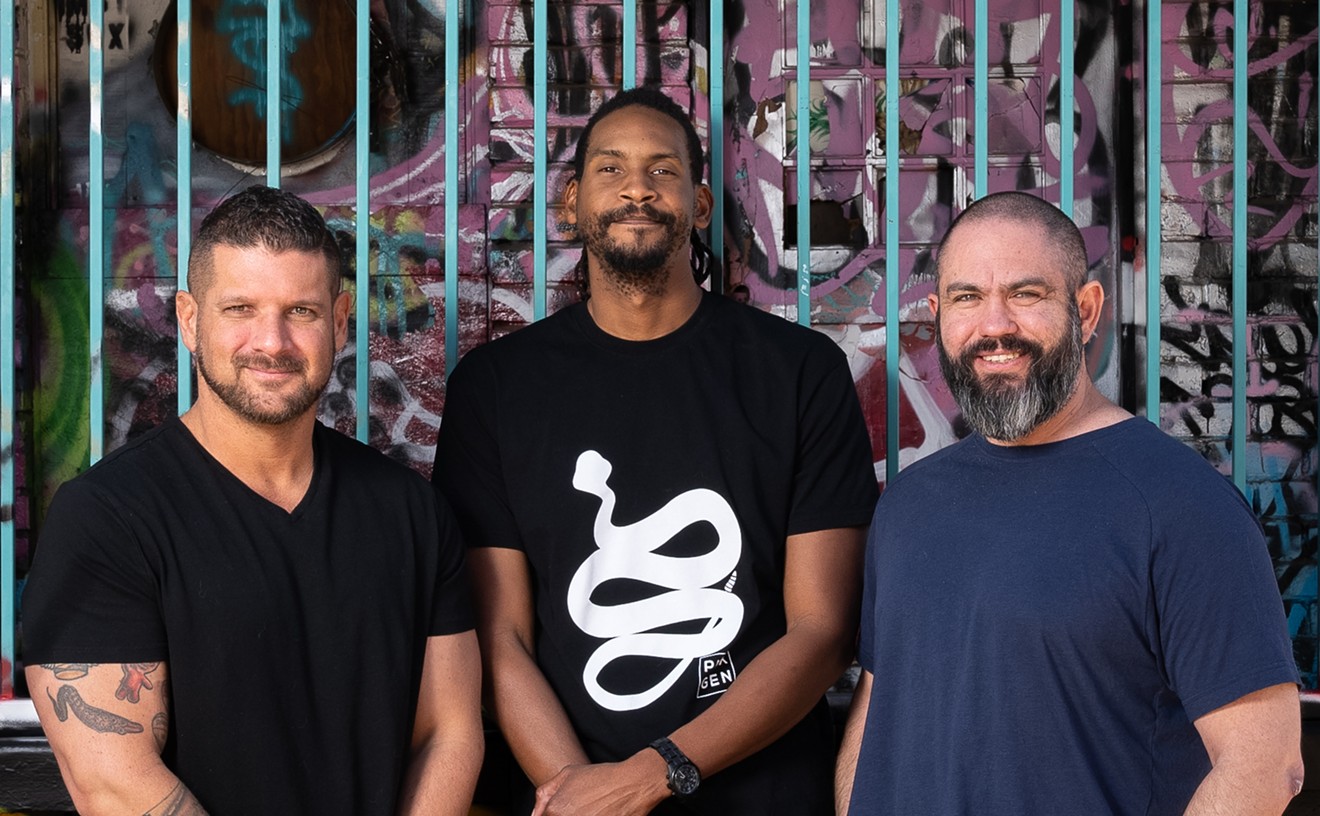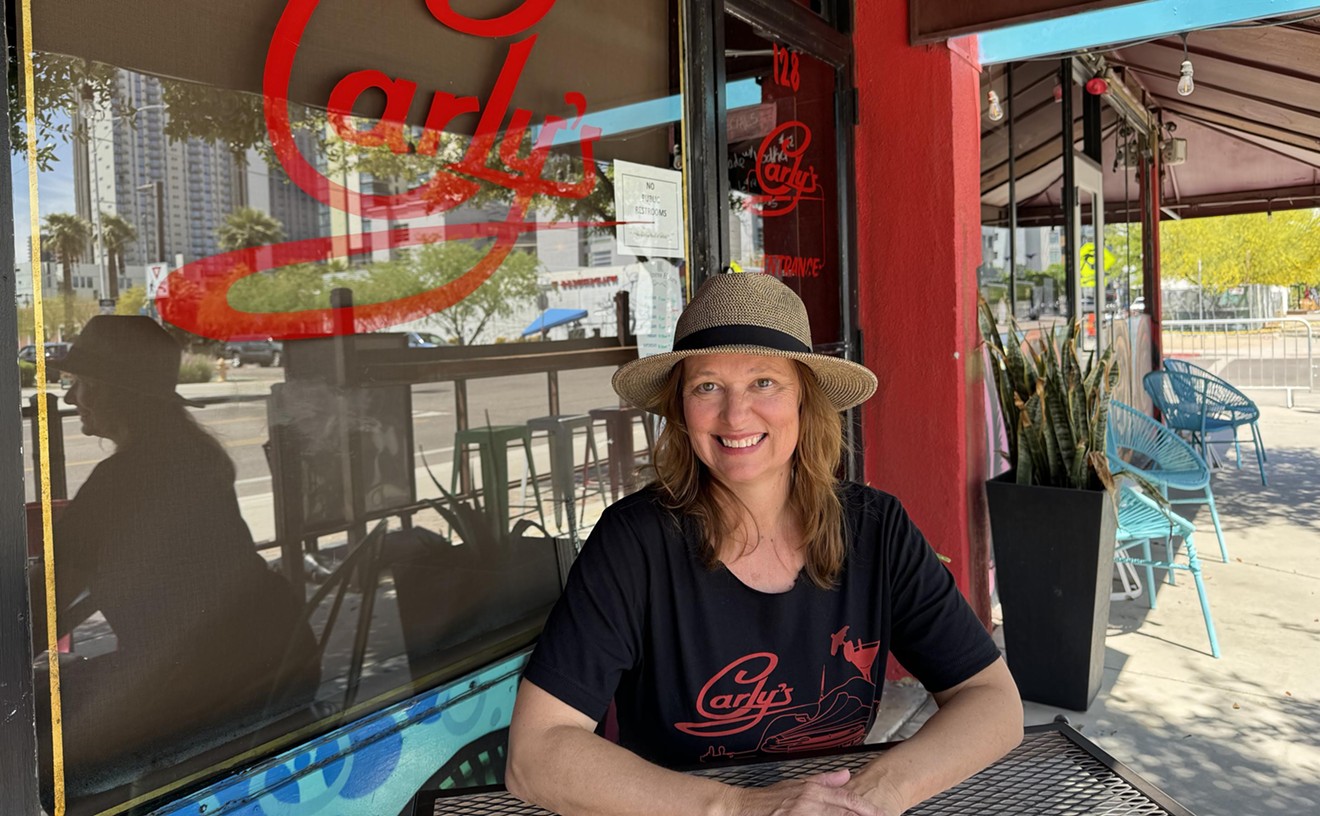My nightmares are filled with the drunken faces of American college kids smeared with paint depicting garish skulls, twisted toothy grins, hollow cheekbones, black pools of pain for eyes . . . Death isn't the scary part here, it's the ever increasing popularity of the Day of the Dead and its related imagery in American pop culture -- and its identification with all things Mexican. Spring fills me with dread waiting for the 5th of May to come and go, with its cheap sombreros and fiesta promoting beer commercials. Fall now brings craft store advertisements promoting discounts on Day of the Dead face painting kits. If the reduction of a 3,000-year-old pre-Columbian tradition into a sale promo doesn't fill you with nightmares, you're made of sturdier stuff than me.
Let's get back to basics and learn more about the Día de los Muertos, and Pan de Muertos, a simple baked offering for the departed.
See also: Why Cinco de Mayo is No Holiday in Minervaland
To clarify, the actual day of Day of the Dead is not October 31, but rather November 2, known in the Catholic world as All Souls Day; this is hardly a coincidence. Mesoamerican cultures had a longstanding tradition of festivities honoring dead family members -- celebrating their lives, not their deaths. The kin were remembered by the presence of their preserved skulls, and it just so neatly happened that the terminus of these celebrations (which were more than a month long and seemingly garish but actually rather cheerful) nearly coincided with All Souls Day.
Just as pagan celebrations in Rome were converted to Christian ones, so were Mesoamerican celebrations Catholicized in the Catholic colonization and conversion of the region.
This being said, like all things in Mexico, the Day of the Dead celebrations are very regional. Southern states, those areas occupied by Mayan, Aztec, Toltec, etc., cultures, still continue the tradition, those preserved skulls now replaced with decorated sugar skulls, of course. Northern Mexican states are really not as interested in these celebrations.
With the brief history lesson over, it's time to bake an offering for the departed, and to enjoy in their memory.
Pan de Muerto
3 ½ cups of all purpose flour ½ cup granulated sugar 2 ¼ teaspoons dry yeast ½ cup lard 3 whole large eggs 7 large egg yolks 2 tablespoons orange blossom water 2 tablespoons of very strong anise tea 1 tablespoon orange zest ½ teaspoon sea salt
2 tablespoons of melted butter for garnish Sugar, for garnish
Anise tea and orange blossom water can both be easily found in Mexican and Middle Eastern grocery stores.
Dissolve the yeast in ½ cup warm water. Add the orange blossom water, and just enough of the flour, about ½ cup, to form a dough ball. Place this in a warm place to allow to rise until doubled it's original size, approximately 20 to 30 minutes.
Place the remaining flour, sugar and orange zest in the bowl for a stand mixer fitted with a dough hook. Mixing at slow speed, add two whole large eggs, the egg yolks, and the anise tea concentrate. While still beating, add the lard, cut into small cubes. Once the lard is incorporated, add the yeast dough ball, and mix unit the dough begins to pull from the sides of the ball, adding just a bit of flour if necessary, 1 tablespoon at a time.
Pull the dough from the bowl, form into a smooth ball, and coat lightly with lard or oil. Place in a lightly greased bowl and cover with a kitchen towel. Allow the dough to rise in a warm place until doubled in size. Punch the dough down, gather from the edges of the dough to the center, and invert the dough. Cover the bowl with plastic and place in the refrigerator overnight.
Reserve a piece of dough about two inches in diameter. Divide the remaining dough into 8 to 10 pieces, forming each one into a smooth ball and placing them well spaced apart on a baking sheet lined with parchment paper or a baking mat. Flatten the dough lightly with your palm, to form a low dome. Form the reserved dough into the bones to decorate the bread with, placing on each bun a small dough ball on the center, and four femurs, along with small tears. Attach these to the dough with the remaining egg, well beaten. These decorations represent the departed, the four corners of the universe, and the tears of the living for the departed.
Allow the buns to rest again, covered loosely with kitchen towels or plastic wrap until they have doubled in size. Bake at 350°F for 30 to 45 minutes, covering with foil as necessary to prevent over browning. After baking, allow the buns to cool slightly, then brush all around with the melted butter, followed by a sprinkling of sugar.
As proprietor of Muñeca Mexicana handcrafted food, Minerva Orduno Rincon makes everything from mole poblano to goat milk caramel to spiced (not spicy) cocoa.










